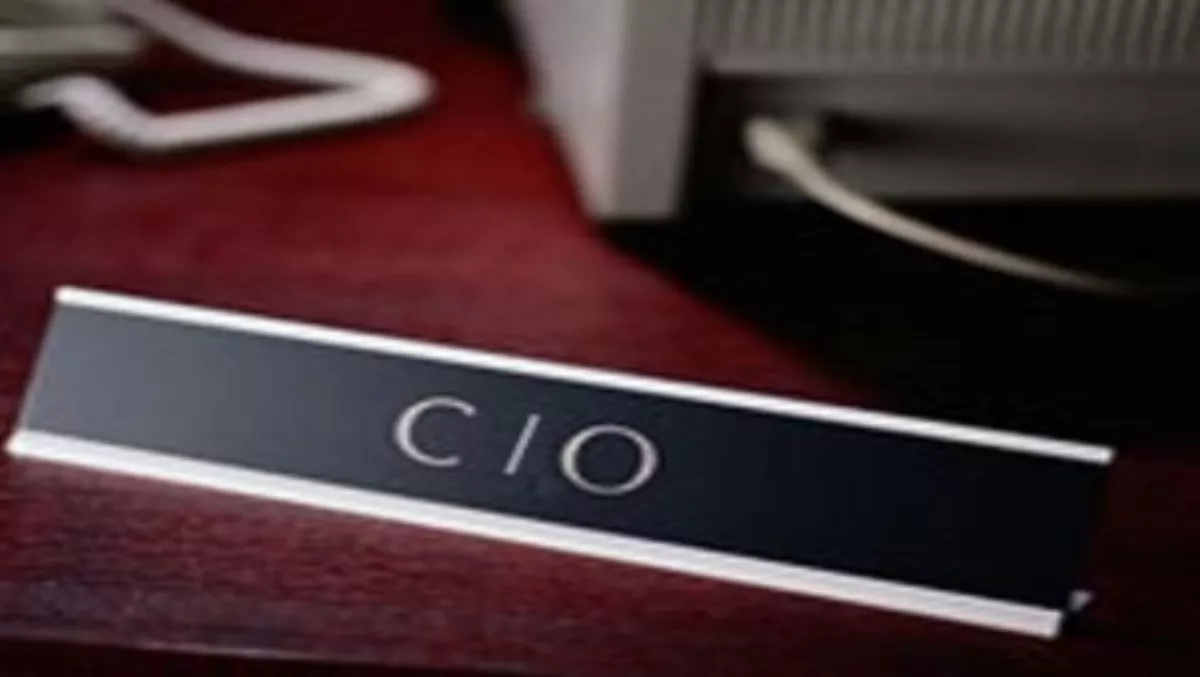
Four futures for IT and CIOs
The changing shape of IT is causing CIOs to question the role of IT in the organisation and the part they will play in it.
As businesses confront global economic uncertainty, changing market dynamics and cultural discontinuities created by technological innovation, their different parts require different ways of interacting with IT.
"We are witnessing the emergence of a new generation of CIOs, one that aims not so much to 'run' IT as to ensure that the business achieves strategic value from the use of technology," says John Mahoney, vice president and distinguished analyst at Gartner.
"Although this isn't an entirely new development, the extent of the change is growing and a tipping point will be reached in the next five years."
Consequently, Gartner discussed future scenarios of IT and their implications for CIOs, with all not mutually exclusive, possibly existing in combination:
IT as a global service provider:
In this scenario, the IT organisation is an expanded and integrated shared-service unit that runs like a business, delivering IT services and enterprise business processes.
It is virtually or fully centralised, focuses on business areas and business value, adopts a marketing perspective, capitalises on its internal position and delivers competitive services.
IT as the engine room :
In this scenario, IT capabilities are delivered rapidly at market-competitive prices.
The IT organisation succeeds by monitoring technology and market developments, and building expertise in IT asset optimisation, sourcing and vendor management, and IT financial management.
It delivers ongoing cost improvements, looks for new ways to deliver the same IT capabilities for less, and is highly responsive to changing business needs.
IT "is" the business :
In this scenario, information is the business's explicit product or at least is inseparable from its product.
The business is structured around information flow (not process or function) and the IT organisation innovates within the value chain, rather than just enabling the supporting services found in every business.
Everyone's IT :
In this scenario, business leaders and individual contributors use information and technology aggressively to break through traditional business perimeters and drive ambitious collaboration.
The focus is on information, rather than technology. Highly mature businesses embrace this divergent model for its collaborative and innovative potential.
While traditionalists may see anarchy in this type of approach, others see liberated creativity. For this reason, this model works in non-traditional situations such as dynamic businesses, startups and R&D/ entrepreneurial/ community ventures.
Do you agree with Gartner's predictions for IT and CIOs? Tell us your thoughts below

